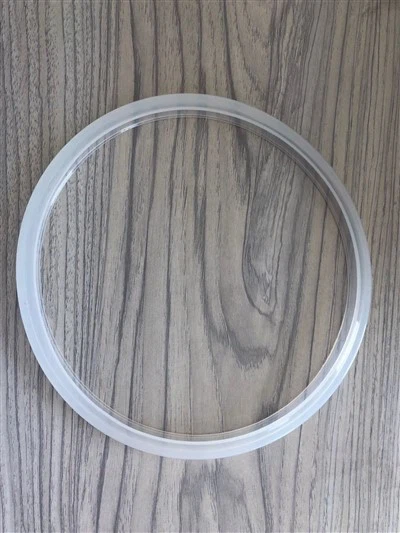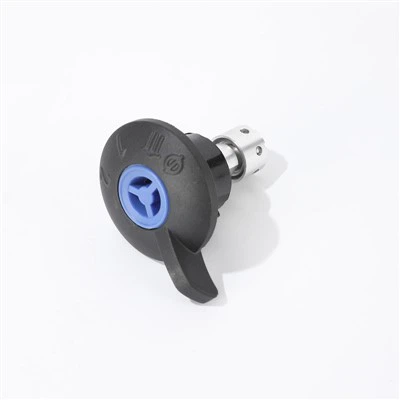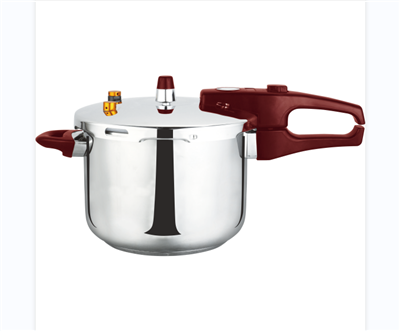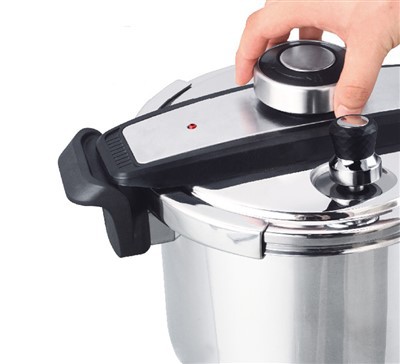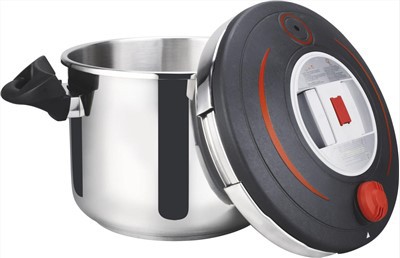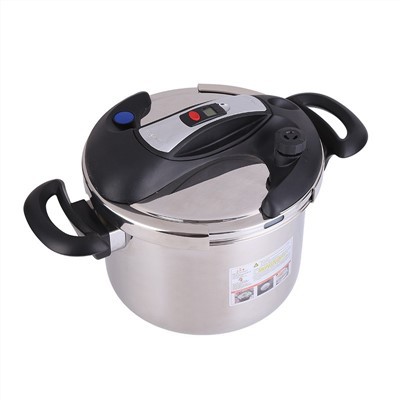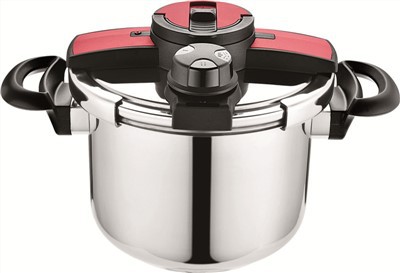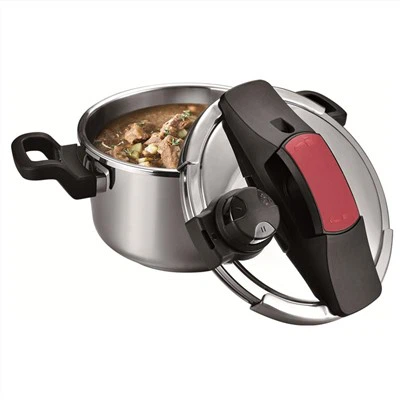Stainless Steel Kitchenware
Why Choose Us
Experience
Zhejiang YongAn Grop. Is one of the professional manufacturer of stainless steel cookware and metal & plastic drink-ware.
Production
YongAn Grop. Is location in "Hardware Capital Of China" Wuyi ,Zhejiang, which established in 1995.
Technology
YongAn Grop. Has for many years stood for high -quality Stainless cookrware and metal & plastic drink-ware.
R&D Team
YongAn Grop stands out thanks to its precise workmanship, high level of utility and stylish, ingenious design.
What Is Stainless Steel Kitchenware?
Stainless steel kitchenware refers to a variety of kitchen utensils, cookware, and dinnerware made from stainless steel, a type of steel that is resistant to rust and corrosion. This material is highly valued in the kitchen due to its durability, ease of cleaning, and aesthetic appeal.
Durability. Stainless Steel Kitchenware is highly durable and virtually indestructible. In fact, well-made stainless steel cookware will last a lifetime. Stainless steel is far more durable than other materials used to make cookware, such as ceramic and aluminum, which is why stainless steel cookware will not chip, warp, bend, or rust. Plus, it can easily handle years of high-frequency cooking without negatively affecting its performance. This is why stainless steel cookware is a kitchen mainstay and a must-have for anyone who’s tired of having to regularly replace worn-out cookware pieces.
Easy Cleaning and Low Maintenance. Because it’s so durable, Stainless Steel Kitchenware is also easy to clean and maintain. Unlike, say, cast iron pans, which need to be seasoned regularly and cleaned carefully, stainless steel cookware cleans up easily and doesn’t require any time-consuming maintenance. Typically, cleaning will require nothing more than warm soapy water and a sponge—and most stainless steel cookware is dishwasher safe. And as for those occasional stuck on food bits, a simple trick will help.
High-Performance. High-quality Stainless Steel Kitchenware is made using different layers of metal: stainless steel for the outer layers and (typically) aluminum for the inner layers. The layering of these metals serves an important purpose: stainless steel is durable but not good at distributing heat; aluminum is great at distributing heat but is not very durable. When these two types of metal are properly layered and “clad” together, the result is a durable product that distributes heat effectively. This means that high-quality stainless steel cookware heats quickly and evenly, eliminating those troublesome hot spots and allowing you to get even heating throughout the pan—making it the perfect choice for all your searing and sautéing needs.
Versatility. Stainless Steel Kitchenware can be used for virtually any cooking purpose and can be effectively used for searing, sauteing, braising, frying, and more. This is especially true considering that most well-made stainless steel cookware is oven safe, meaning it’s perfect for those dishes that require both stovetop and oven cooking. Plus, high-quality stainless steel cookware is also induction compatible.
No Interference with the Taste of Your Food. Stainless steel is non-reactive. Other types of materials used to make cookware (such as cast iron) are reactive. When you cook something acidic (such as a tomato-based sauce or foods made with lemon juice, vinegar, or wine) in a pan made with a reactive metal, it could give the food a metallic taste and cause discoloration. Because stainless steel is non-reactive, you can cook acidic foods without worrying that the taste or color will change.
Good-Looking. High-quality Stainless Steel Kitchenware, especially when made with a polished mirror finish, is beautifully classic in design, standing out for its elegance and timelessness. Unlike the rusty, scratched pans you’re used to hiding away in the cupboard, stainless steel cookware is the type of kitchen item you’ll want to show off.
Always preheat
Place your empty stainless steel pan on an induction cooktop over medium heat and let it heat for about 2 to 3 minutes. Cold stainless steel has pores, and these pores can make food stick easily. Preheating the pan will help to reduce the number of pores in the stainless steel.
Add oil after the pan is hot
Add oil to the hot pan. If you add oil while the pan is still too cold, the oil will seep into the pores of the pan. When adding oil, lift the pan off the stove, add the oil, and swirl it around to coat the pan's surface slightly.
Cook with room-temperature food
Let food come to room temperature before adding it to the stainless steel pan. Adding cold food to the pan will significantly lower the pan's temperature, which can cause food to stick. The best way to bring food to room temperature is to take it out of the refrigerator before cooking.
Test the pan's temperature
Before adding oil, test the pan's temperature. You can do this by adding a small amount of food or a drop of water to the pan. If you hear a sizzling sound like a hot pan, it's ready to use.

Considerations When Purchasing Stainless Steel Kitchenware
The “grades” of stainless steel: Stainless steel comes in various grades, affecting its durability and resistance to corrosion. Look for 304 or 18/8 and 18/10 grades—the numbers signify the percentages of chromium and nickel, respectively. These grades are well-suited for kitchen use, offering a good balance of strength and corrosion resistance.
Weight and thickness: The weight and thickness of the Kitchenware can be a good indicator of quality. Heavier pieces tend to distribute heat more evenly and are less prone to warping. When shopping, pick up the pan and feel its weight, and check for a solid, sturdy handle that’s securely attached.
Core and cladding: Stainless steel is not the best conductor of heat. Many high-quality pieces will have an aluminum or copper core sandwiched between layers of stainless steel, enhancing heat distribution and retention. This “fully clad” cookware offers the best cooking performance, so look for terms like “tri-ply,” “5-ply” or “multi-clad” in the product descriptions.
Compatibility with your stovetop: Ensure the cookware you choose is compatible with your stovetop. Most stainless steel cookware works well on gas, electric and induction cooktops, but it’s always a good idea to verify this before purchasing, especially if you have an induction cooktop that requires magnetic cookware.
Your cooking style: Reflect on your usual cooking routines and the dishes you love to prepare. Stainless steel cookware shines with its nonreactive nature, meaning you can cook anything from a tangy tomato sauce to a wine reduction without worry. However, for those who often cook dishes requiring precise temperature control or are concerned about even heat distribution—think searing meat evenly or gently simmering a delicate sauce—opting for stainless steel cookware with a conductive aluminum or copper core is key. This design helps overcome stainless steel’s natural limitation in heat conductivity, ensuring your culinary creations turn out just right, every time.
Learning curve for nonstick cooking: Embracing stainless steel means adapting to its lack of inherent nonstick properties. Achieving a nonstick effect requires preheating the pan and adding oil once it’s hot, which allows food to release more easily. It’s a technique that can be mastered with practice, offering a healthier option to traditional nonstick pans. If nonstick convenience is a priority for delicate foods like eggs, you might still want a nonstick pan in your arsenal.
Here are some tips to keep in mind when you cook, and how to properly clean any stains or marks of wear-and-tear:
Always make sure the pan has cooled before you clean it (with soap, water, and a sponge). This is because placing a hot pan under cold water causes thermal shock, which could risk warping the pan.
For stubborn stuck-on bits, soak your pan in water and soap for some time so it softens, then clean with a sponge or brush. Avoid harsh scourers like steel wool unless absolutely necessary, as they could scratch the pan.
Water spots happen when the metal has prolonged contact with the oxygen in water. To avoid these, dry your pan as soon as you're done washing it. To get rid of them, add a bit of baking soda to the pan, then wash it with water and a sponge.
If you notice chalky white spots on your pan, it's usually the steel reacting with calcium, an ingredient in hard water (looking at you, London). To get rid of them, you need something acidic like vinegar or lemon juice. Add a mix of vinegar or lemon juice and water to your pan (1 part acid, 2 parts water). Bring to a boil, let it cool, then wash as normal.
Notice a blue-ish spot with rainbow-coloured edges on the bottom of a stainless steel pan that won't come off with regular washing-up liquid? That happens when the pan has been overheated – but not to worry, this has no effect on function. To remove the stain, dilute plain vinegar with water and rub this solution into your pan, very thoroughly, with a non-abrasive scrubber (a sponge or tea towel will do). Rinse and wipe dry.
Material Quality and Grade
The highest, 18/10, indicates a higher ratio of chromium to nickel, which not only makes for a more durable pan, but one that’s oven-safe as well—a huge reason why stainless is so commonly found in restaurant kitchens. Stainless steel also comes in other grades, such as 18/8.
Cookware Ply
You’ll typically see stainless pots and pans described as “3-Ply” or “5-Ply.” The “ply” of a pan means that the steel has been layered with more conductive metals like aluminum—for example, our Stainless Clad pans are cladded with pure aluminum, aluminum alloy, and 18/10 stainless steel. The number associated with ply indicates how many layers have been cladded together—in our case, it’s 5.
Handles and Lids
A stainless steel pot or pan should have a sturdy, comfortable handle, as well as a “helper handle” for larger sauciers and saute pans. Because stainless cookware often sits on the stove for extended periods, handles and lids can get dangerously hot—that’s why we added a Stay Cool Handle Frying Pan for an extra layer of safety.

Health Benefits Of Stainless Steel Kitchenware
No Harmful Non-Stick Chemical Coatings
Most non-stick pans are made with aluminum and coated with a non-stick material like Teflon or polyfluoroalkyl substances (PFAS). We don’t recommend pans with these coatings as they can be potentially harmful. While Teflon isn’t considered toxic on its own, it may be a cause for concern when it gets too hot.
When the pan overheats, the Teflon coating generally starts to disintegrate and release toxic gases as it breaks down. In rare cases, breathing in these fumes may lead to polymer fume fever, characterized by shortness of breath and a high fever. Teflon pans also release perfluorooctanoic acid (PFOA) as they heat up.
In addition to potential health concerns, cookware with non-stick chemical coatings is more challenging to use and maintain. Since high heat will break down their delicate coating, most non-stick pans aren’t oven safe. Therefore, you can’t brown or sear foods with high heat like you can with 316Ti stainless steel cookware.
You also can’t use sharp or metal utensils like spatulas, whisks and spoons with non-stick pans as they will scratch and break down the coating. Once they deteriorate, you need to discard them right away so the non-stick chemical coating won’t flake into your food.
However, stainless steel cookware is durable and cooking in 316Ti stainless steel is safe. is a quality brand of titanium cookware that doesn’t use any non-stick coatings.This waterless semi-vacuum cookware includes a built-in valve that clicks when your food reaches optimal cooking temperature. This way, you’ll know when to lower the heat to avoid overcooking.
Easy to Clean and Sanitize
Stainless steel cookware is easy to clean and disinfect. It’s non-porous with a smooth and sealed surface that air and liquid cannot move through. Since food can’t penetrate the surface, it’s easy to prevent buildup that would lead to the growth of germs and bacteria.
In comparison, more porous cookware materials like aluminum and copper can expand under heat. Food can stick to the pan as it expands, making it harder to clean. When you invest in high-quality 316Ti stainless steel cookware from Saladmaster, keeping it clean is a breeze.
Stainless steel cookware is dishwasher-safe, so you can stick to this cleaning method if desired. However, when you have some food bits that won’t budge, you may want to tackle it yourself. Here are some tips to keep in mind when you want to clean your pan thoroughly by hand:
Choose a proper tool: Cleaning utensils like steel wool brushes are too abrasive for stainless steel. They often shed iron particles, and metal flakes on the cookware’s surface can lead to rust formation. Some better alternatives are non-abrasive sponges, gentle brushes and soft cloths.
Scrub your cookware: Scrub your stainless steel pan with your choice of cleaning tool and hot soapy water. If stuck-on food pieces remain, fill the cookware with enough soapy water to cover the residue. You can also add a few spoonfuls of baking soda for extra cleaning power. Bring the water to a boil, then scrape away the remaining food with a wooden spoon or spatula. The residue should scrape off easily. Let the pan cool, then wash and dry as usual.
Disinfect: You can also disinfect your pan after washing. It’s generally best to avoid bleach or chlorine-based cleaners as these can damage the stainless steel’s surface. Everyday products like disinfecting wipes and sprays are usually safer for this material. However, it’s essential to thoroughly rinse the steel’s surface with fresh water after using one of these sprays or wipes. The residue may be abrasive to stainless steel if you leave it on the surface for an extended period.
Dry: Wipe the cookware dry with a clean, soft cloth to avoid water spots and maintain its shine.
Our Factory
Above all the key is our products,whose function and design are continually adapted to the needs of our customers and so can satisfy an extremely wide range of requirements in the best possible manner. We specialize in producing high quality stainless steel pressure cookers in China for more than 20 years. Products are exported to Japan, Korea, Germany and Middle East South American other countries.

Certifications








FAQ
As one of the leading stainless steel kitchenware manufacturers in China, we warmly welcome you to wholesale high-grade stainless steel kitchenware in stock here from our factory. All customized products are with high quality and low price.

